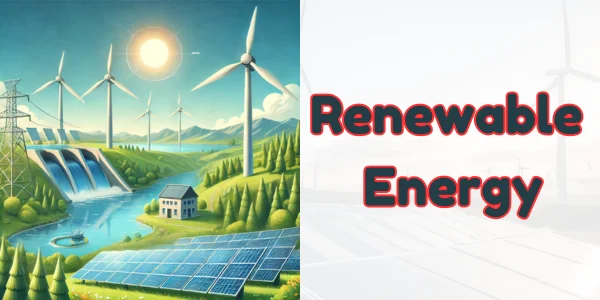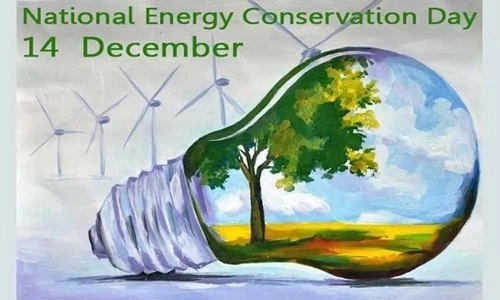In a significant stride towards sustainable energy, India achieved a record addition of approximately 30 gigawatts (GW) of renewable energy capacity in 2024. This marks a substantial increase of over 113% compared to the 13.75 GW added in 2023, underscoring the nation’s commitment to expanding its clean energy infrastructure.
Breakdown of Renewable Energy Additions
The surge in renewable capacity is primarily attributed to substantial growth in solar and wind energy installations:
- Solar Energy: India added 24.5 GW of new solar power capacity in 2024, more than doubling the additions from the previous year. This brings the total installed solar capacity to approximately 94.17 GW.
- Wind Energy: The country expanded its wind energy capacity by 3.4 GW, elevating the total to around 47.96 GW.
Progress Towards 2030 Renewable Energy Targets
India has set an ambitious goal to achieve 500 GW of renewable energy capacity by 2030. With the current total renewable capacity reaching nearly 218 GW, the nation needs to add an average of 50 GW annually over the next six years to meet this target. The significant increase in 2024 indicates a positive trajectory towards this objective.

Government Initiatives and Policy Support
The remarkable growth in renewable energy capacity can be attributed to several government initiatives and policy measures:
- Production-Linked Incentive (PLI) Scheme: The government has introduced incentives to boost domestic manufacturing of solar photovoltaic (PV) modules, aiming to reduce dependence on imports and strengthen the local supply chain.
- Green Energy Corridors: Investments in transmission infrastructure have facilitated the integration of renewable energy into the national grid, ensuring efficient distribution and reducing bottlenecks.
- Favorable Tariff Policies: Competitive bidding processes and supportive tariff structures have attracted private investments, making renewable energy projects financially viable.
Challenges and the Road Ahead
Despite the impressive growth, several challenges need to be addressed to sustain and accelerate renewable energy development:
- Land Acquisition: Securing land for large-scale renewable projects remains a complex issue due to regulatory hurdles and local opposition.
- Financing: While investments have increased, consistent and affordable financing options are essential to support the scale of expansion required.
- Grid Integration: Enhancing grid infrastructure to manage the intermittent nature of renewable energy sources is crucial for maintaining grid stability and reliability.
Global Context and India’s Position
India’s rapid expansion in renewable energy capacity positions it as a leading player in the global clean energy transition. According to the International Energy Agency (IEA), India’s annual renewable capacity additions through 2030 are expected to increase more quickly than any other major economy, including China. The IEA projects India’s capacity addition to more than quadruple from 15 GW in 2023 to 62 GW in 2030.
Conclusion
India’s record addition of renewable energy capacity in 2024 marks a pivotal moment in its journey towards a sustainable and self-reliant energy future. The substantial increase reflects effective policy implementation, growing investor confidence, and a national commitment to environmental stewardship. As the country continues to address existing challenges and leverage emerging technologies, it is well-positioned to achieve its 2030 renewable energy targets, contributing significantly to global efforts in combating climate change.

